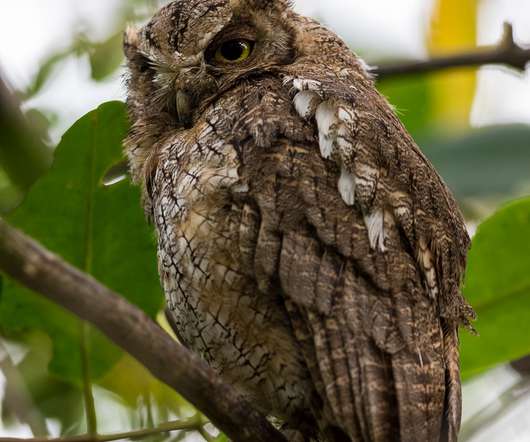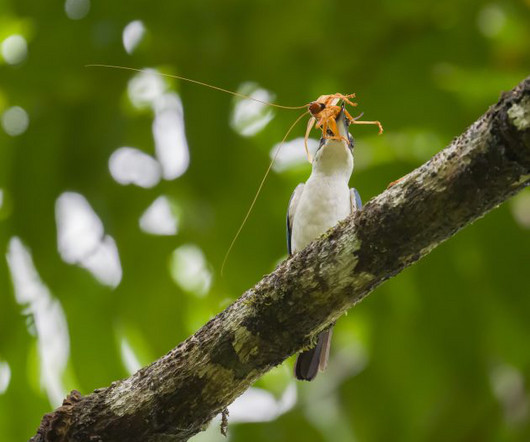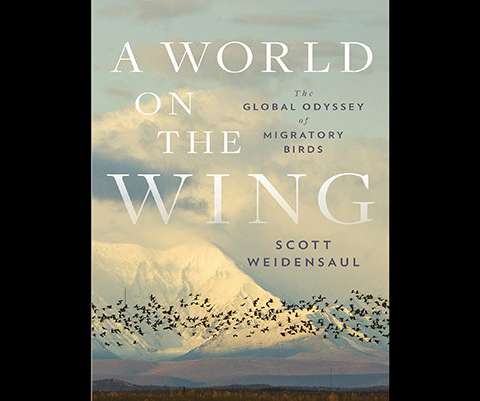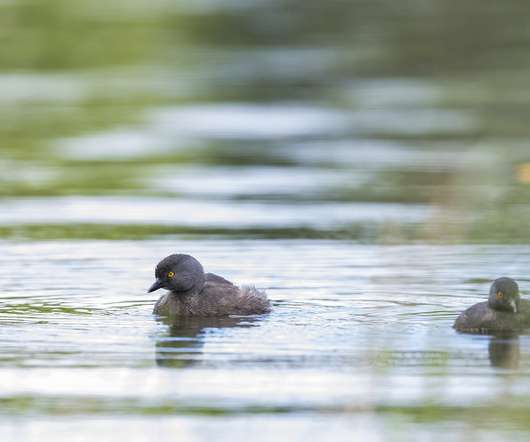Owling in Trinidad & Tobago
10,000 Birds
APRIL 27, 2022
While preparing an article this week for a local newspaper on the nighttime denizens of Tobago, it crossed my mind that I never considered owls as a group, far less target species for any particular outing (except for a select few, upon which I shall expound here). involve owls. Ferruginous Pygmy-Owl.













Let's personalize your content